
On the heels of National Pollinator Week — when we honor the hard-working animals who give so much, let’s remember that they need much more than flowers to survive. These fascinating creatures — from bees and beetles to butterflies and moths — face seemingly insurmountable threats, including habitat loss, the climate crisis, and pesticide use. It’s tragic and overwhelming, but there is much that each of us can do as individuals, and together we can have a tremendous influence over potential habitat in everything from tiny urban lots to community gardens to large rural expanses.
Modern landscaping practices essentially strip habitat from our yards. But there are many easy DIY habitat features that can be incorporated — or simply left in place — and they are superior to artificial supports (such as bee hotels) because they break down fairly quickly (which minimizes parasite and disease problems that come with repeated use), and better imitate the natural density of nest sites that keep pollinators healthy.
In my Pacific Northwest yard I offer a variety of native trees, shrubs and perennials throughout, as well as a mini-meadow where locally native perennials — such as western columbine, fleabane, checker mallow, blue-eyed grass and iris — grow and buzz with life. To be certain they will return next year, I also provide adequate shelter for overwintering and nesting. I leave leaf “litter”, hollow and pithy stems, and dead wood lying around, provide water and brush and rock piles, use no chemicals, and refrain from doing any “clean up” until late spring, to prevent disturbance of overwintering adults, eggs, larvae, or pupa that may be camouflaged within nature’s debris—for example, the strikingly beautiful western tiger swallowtail butterfly may overwinter as chrysalis (pupa), which looks like a little piece of dead wood during that time.
At home, here are a dozen easy things we can do to support a variety of pollinators, from bees, moths, and butterflies to beetles and flies.
~ Leave parts of your garden a little “wild.” Undisturbed shelter and nesting locations are absolutely essential, and gardens that are a bit messy and provide brush and log piles, mounds of rounded stones, as well as patches of bare, well-drained, undisturbed soil will help.
Put away that leaf blower and allow fallen leaves, twigs and bark to remain undisturbed on the ground so that butterflies and moths can make it through the winter either as eggs, caterpillars, chrysalises, or adults, and so that bees such as queen bumble bees can slumber peacefully under a leafy blanket; leave a very light layer on any lawn you have, too. Besides pollinators, many other wild ones live or overwinter in leaves, including beetles, spiders, snails, and worms, all of which are beneficial and/or support the birds, small mammals, reptiles and amphibians who need them for food. An added benefit is that detritus from trees and shrubs insulate plants’ roots, suppress weeds and retain moisture just as well as wood chips or other mulches (that may contain invasive species) but allow for ground-nesting.
For the numerous species of native ground-nesting bees (70% of bees nest in the ground in burrows), supply a generous amount of undisturbed and bare soil. Avoid tillage and anything that prevents access to soil, like plastic mulch, landscape fabric, or thick layers of mulch, including wood chips and bark mulch. Natural fallen (whole) leaves, small pebbles, and light layers of compost are fine. If you must remove some leaves in the spring, wait until late spring to prevent disturbance to species who emerge fairly late.
Nest sites for the other bees that nest aboveground — in stems or tunnels within decaying wood — can be augmented by placing hollow or pithy stems, or downed wood (with or without dead-ended, narrow holes drilled into them) on or above the ground. Bumble bees typically nest in pre-existing cavities such as bird nest boxes, abandoned rodent burrows, unmortared rock wall crannies, hollow logs, beneath bunch grasses, etc. We once had a bumble nest in a small pile of lawn that had been removed and was decomposing upside-down.

In perennial beds, leave flower stalks, branches (and seed heads, to provide food) standing over the winter. In early spring, dead flower stalks may be cut back to create cavity nest sites just before the first bees emerge; naturally-occurring open stems should be left in place. Cut hollow or pithy stalks at a variety of heights, about one to two feet above the ground to supply vertical nesting opportunities for insects of various sizes. You can also bundle together additional cut stalks and place them, vertically or horizontally, in a sheltered spot to create additional nesting opportunities. Female bees will find them and create individual nests, each supplied with pollen/nectar balls upon which larvae will feed. As summer progresses, new growth hides the stems which contain the developing larvae/pupa. Adults hibernate during winter and emerge the following spring and the process starts all over.
Deer browsing may create nesting sites for some cavity nesters and shrubs may be pruned (just before the shrubs break dormancy) to mimic it. However, before cutting any branches, always be certain that no birds are using the shrub for nesting.
~ Provide clean water. Pollinators and other insects need a shallow source of clean water where they can drink and find water to create their nests. Fill a plate or shallow dish with clean pea gravel and keep it moist and near flowering plants.

~ Moisten sand or loose soil to help adult butterflies. Butterflies and moths ingest liquids like flower nectar from which they obtain sugars, minerals, and other nutrients. But they also need to “sip” from muddy or sandy puddles, sap, decaying fruit, sweaty humans, even manure piles to hydrate themselves and obtain dissolved minerals, including salt. Such minerals are vital for many physiological functions, including reproduction: Males often transfer “nuptial gifts” of sodium and amino acids to the female during mating (along with other donations). Before you say, “He shouldn’t have,” consider how evolution toward generosity might generate rewards: More gifts mean more nutrition and better egg survival. To assist, add a dash of salt to containers or areas of moist sand or soil, to be sure they get what they need.

~ Steer clear of pesticides. Even those approved for organic gardening, such as rotenone, are harmful. Systemic insecticides like neonicotinoids (a class of insecticides such as imidacloprid, acetamiprid, clothianidin, dinotefuran, nithiazine, thiacloprid and thiamethoxam that affect insects’ central nervous systems), are absorbed by plants and produce toxic nectar and pollen. Studies show that residues may persist in woody plants for up to six years following application and may persist in soil for several years. Herbicides and fungicides can also be harmful. In a healthy, balanced system there should be no need to resort to poisons.
~ Allow some “pests.”
Some pollinators’ young feed on insects that we consider pests, so don’t be too quick to destroy them. Many syrphid flies, which are great pollinators, lay their eggs in or close to aphid colonies, so that their legless and blind larvae can feed on them. Highly efficient, one larva may eat hundreds of aphids. They also may feed on scale insects or thrips. When mature, larvae go to the soil to transform into pupae and eventually into adult flies. Their life cycle takes 2 to 4 weeks to complete. Other syrphid fly larvae are either (1) scavengers that tidy up ant, bee, and wasp nests, (2) feeders of plant material, tree sap, and fungi, or (3) decomposers that feed on decaying organic matter, so yet another reason to not disturb soil too much and to leave plant debris where it falls to the soil.

~ Grow a variety of plants that are native to your area, and you won’t need to think too much about whether you will provide food for pollinators. Studies show that native plants are four times more alluring to pollinators than exotic flowers.

Got lawn? Whether you have a large or small lot, consider replacing or minimizing turf with native grasses wildflowers, and perennials (and mosses in shady areas). Add native shrubs and trees to provide cover and protection, especially for ground-nesting bees, as well as the fallen debris and brush/log/rock piles mentioned above.
~ Grow butterfly host plants. To become adults, butterflies in earlier life stages — egg, larva, chrysalis — require host plants that provide habitat and food. Find out which butterflies frequent your area, and grow the plants that provide for all their stages. In the Northwest, check out this handy guide: Create a Butterfly Garden (OSU).

~ Provide nectar and pollen in a variety of flower colors, shapes, and sizes for pollinators with different needs. Flower nectar, produced in glandular organs called nectaries, is high in carbohydrates and serves to attract pollinators to distribute plants’ pollen (and in some cases, attracts protectors like parasitoids and ants—which also pollinate to a small extent—against herbivores that may be problematic). Pollen is a highly nutritious blend of proteins, lipids and carbohydrates. We’ve been taught that bees tend to prefer yellow, purple, and blue flowers — anything but red, which they can’t see — while hummingbirds can see and do use reds (although one study suggests that their preference may not be innate, but rather they choose them since bees don’t). While this is true, a 2016 research study shows that bumblebees (and probably other pollinators) choose a plant for the nutritional quality of its pollen, not only its color; they need pollen with a high protein to lipid ratio (which makes sense, since pollen is mainly used to feed their growing larvae). And, research from UC-Davis suggests that pollinators choose among flowers based on the microbes within those flowers, such as yeasts that are “commonly found in flower nectar and … [are] thought to hitch a ride on pollinators to travel from one flower to the next. Yeasts’ scent production may help attract pollinators, which then help the yeast disperse among flowers.” But flower shape and size also matter: Butterflies need clusters of short, tubular flowers with a wide landing pad, such as yarrow (Achellia millefolium occidentalis), various native bees need different types of flowers (generally shallow), while hummingbirds like relatively large, tubular, or urn-shaped flowers.

~ Keep it blooming. From spring through fall, something should always be in bloom, preferably several species at a time. In the Pacific Northwest, early spring flowers, like those of osoberry (Oemleria cerasiformis), willows (Salix spp.), and red-flowering currant (Ribes sanguineum), are particularly important to bees emerging from hibernation, while late-season nectar sources such as asters (Symphyotrichum spp. or Aster spp.) help bees that overwinter as adults get through the winter. Both early and late forage may aid in bees’ reproduction. Of course, mid-summer flowers are important, too! Many native species bloom for extended periods, such as charming foamflower (Tiarella trifoliata), which may produce flowers from spring to late summer, white spiraea (Spiraea lucida), and showy fleabane (Erigeron speciosus). Learn when plants bloom to be sure you’ve got it covered, and aim for some overlap in bloom times. Remember that trees and shrubs, as well as perennials and annuals, can provide nectar and pollen. Arrange smaller plants in irregular clumps or drifts so that plants are next to or within a few feet of another of its kind, to supply enough forage and to make it easy for pollinators to find them. Provide at least three different plant species per season of bloom whenever possible.
~ Forgo hybridized and “double” flowers. When choosing nonnative plants, keep in mind that hybridized varieties may lack sufficient pollen nutrition. Pollens vary in protein content, and bees and other pollen-consuming insects need a wide variety to fulfill their protein requirement. Research also suggests that some commonly used garden plants, especially those hybridized for features valued by gardeners, like disease-resistance or flower size or color, may not provide sufficient or appropriate nutrients in nectar, needed for carbohydrates. Frilly double-flowered varieties (those with extra petals that make a flower look inflated and flouncy) are usually inaccessible to pollinators simply because they can’t get through the mass of petals to the nectaries. It’s a bit sad to watch a bumblebee, desperately trying to get inside an overly dressed flower, fly away without food.
~ Turn roadsides native. Studies show that native pollinators are much more prevalent in native stretches of roadside habitat — often the only connection between patches of remnant habitat — than weedy, nonnative stretches. If you own rural land, plant natives near your roadside and mow it very infrequently (from the inside, out) to prolong bloom and prevent harm to creatures who may be taking cover within it.
Other things we can do for pollinators include participating in “citizen science” projects that seek input from gardeners, and advocating for an end to pesticide use in our parks and communities.

© 2017 Eileen M. Stark | updated 2020
Adapted from content originally published in my book, Real Gardens Grow Natives: Design, Plant, & Enjoy a Healthy Northwest Garden.


 often lacks shiny leaves, and very slowly spreads into a lovely, evergreen, soil-stabilizing ground cover over many years. Nervosa means “having distinct veins or nerves” and refers to the leaf venation. Showy, fragrant, erect, pale to bright yellow flowering stalks, which put on their show in early to mid spring, are trailed by the familiar deep blue berries in late summer to fall.
often lacks shiny leaves, and very slowly spreads into a lovely, evergreen, soil-stabilizing ground cover over many years. Nervosa means “having distinct veins or nerves” and refers to the leaf venation. Showy, fragrant, erect, pale to bright yellow flowering stalks, which put on their show in early to mid spring, are trailed by the familiar deep blue berries in late summer to fall.  don’t belong together), it may hybridize with its cousin and produce plants that are a bit taller than the true species.
don’t belong together), it may hybridize with its cousin and produce plants that are a bit taller than the true species. 




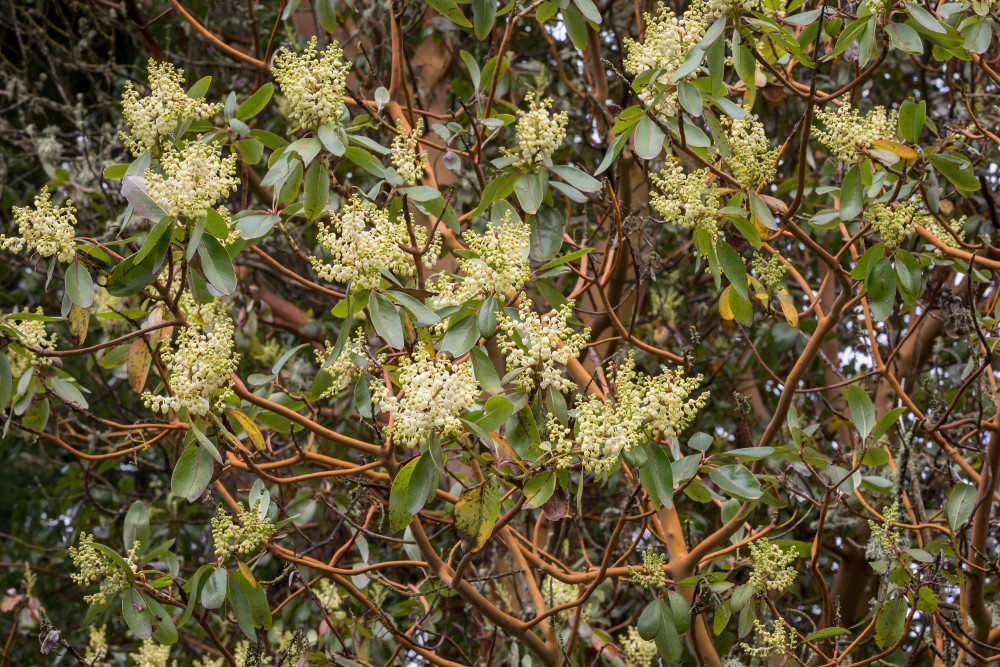
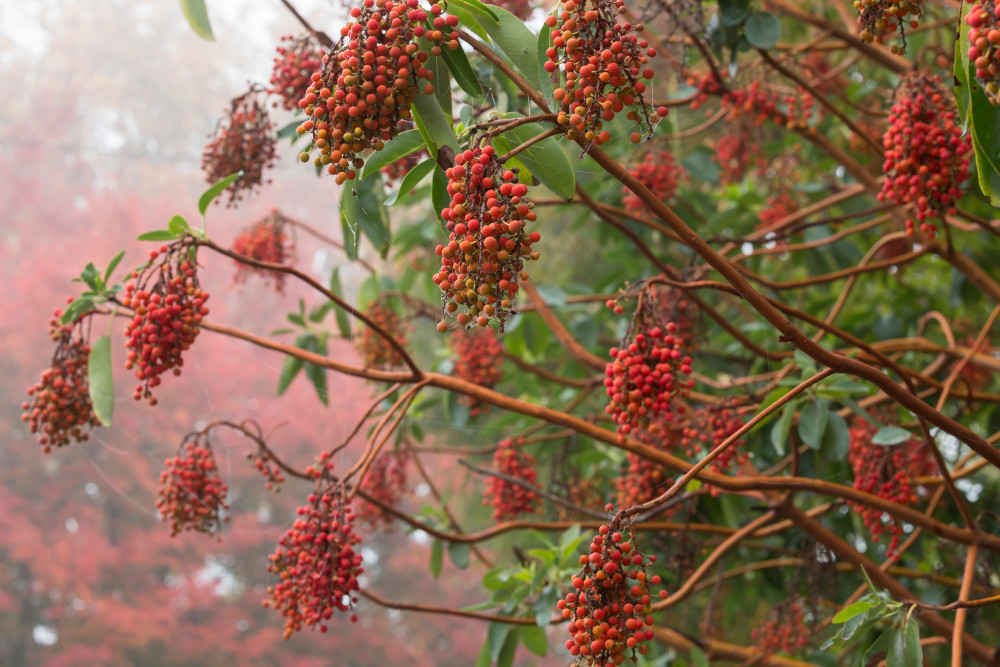
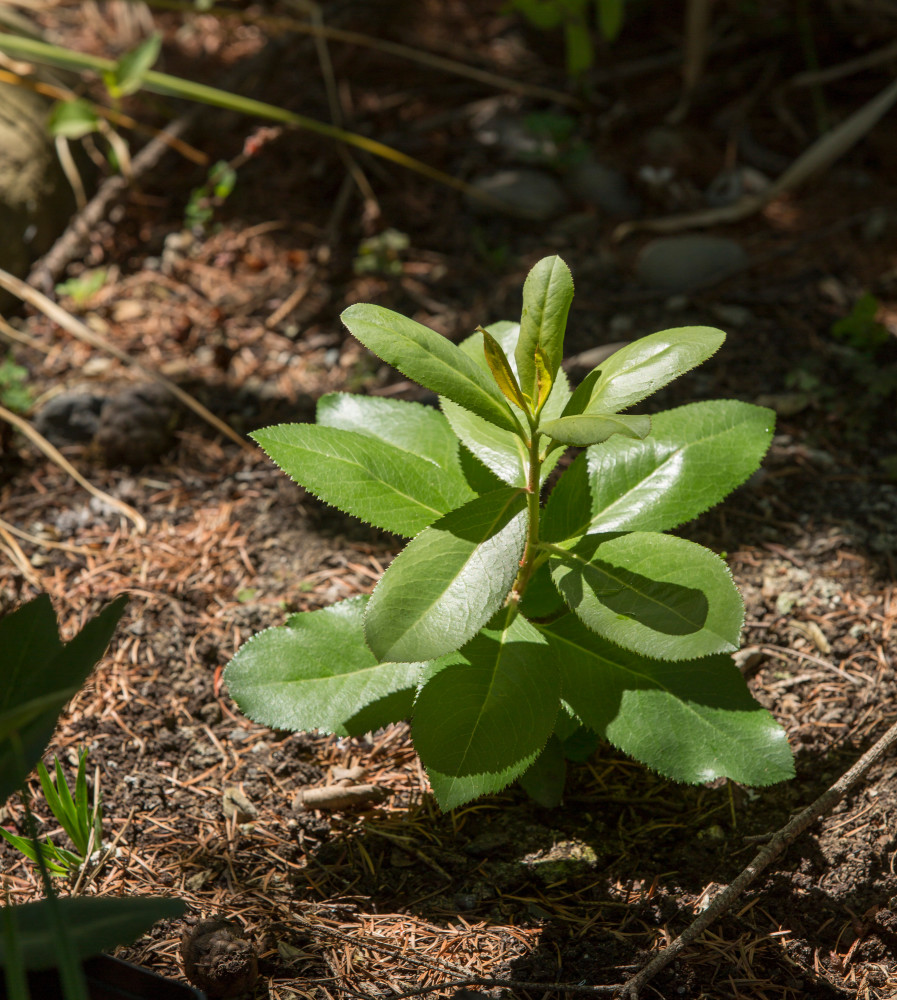
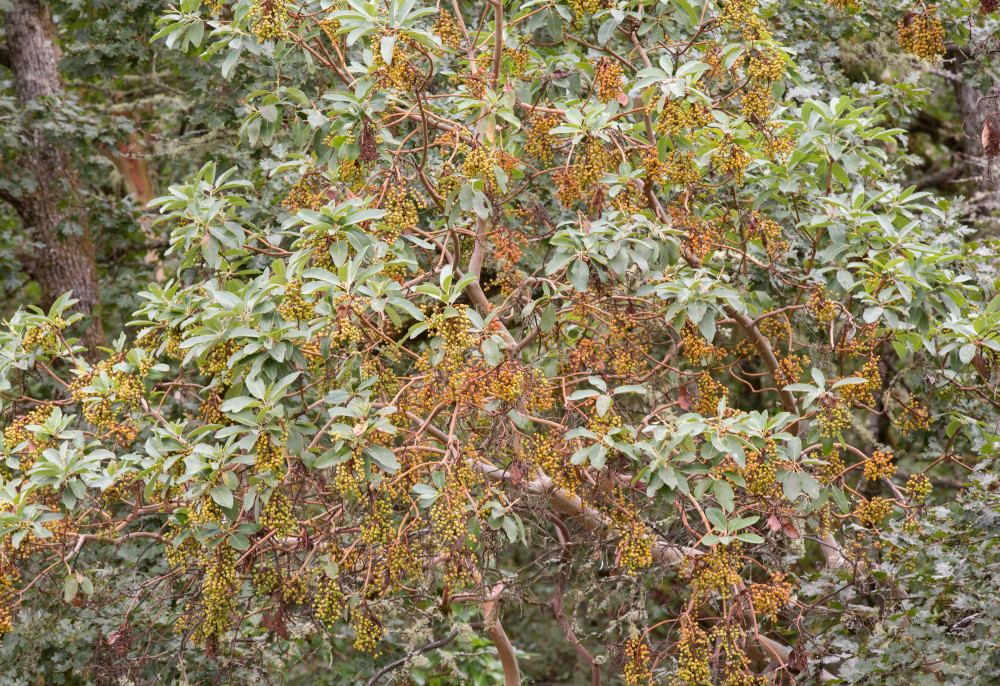

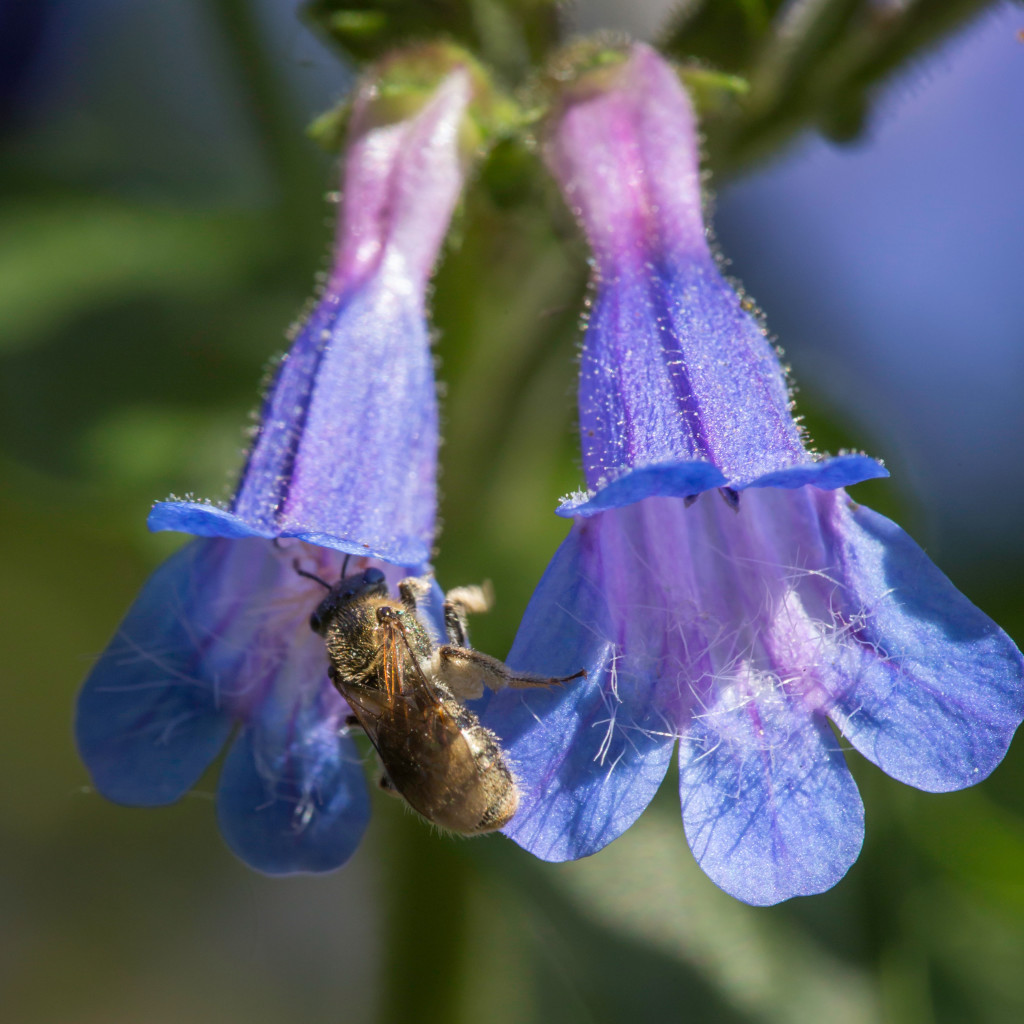 ants, bumble bees, and impossibly small native sweat bees (pictured, right), many of which nest in the ground (so please take care when applying mulch or digging in soil to avoid harming them!). In addition, small songbirds may eat the seeds that mature in summer, and foliage creates cover for tiny soil-dwelling creatures.
ants, bumble bees, and impossibly small native sweat bees (pictured, right), many of which nest in the ground (so please take care when applying mulch or digging in soil to avoid harming them!). In addition, small songbirds may eat the seeds that mature in summer, and foliage creates cover for tiny soil-dwelling creatures.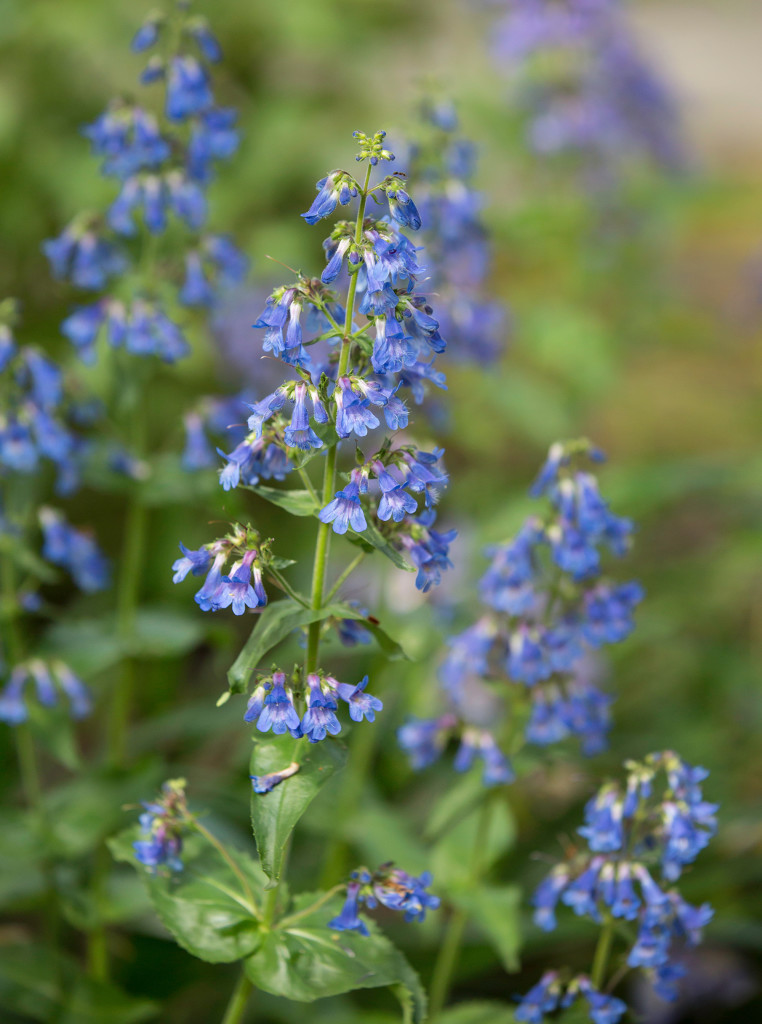





 Oregon. Trillium rivale occurs only in southwestern Oregon and the northernmost counties of California. Trillium kurabayashii (pictured, right) is naturally found only in Oregon’s Curry County, as well as Del Norte and Humboldt counties of California.
Oregon. Trillium rivale occurs only in southwestern Oregon and the northernmost counties of California. Trillium kurabayashii (pictured, right) is naturally found only in Oregon’s Curry County, as well as Del Norte and Humboldt counties of California.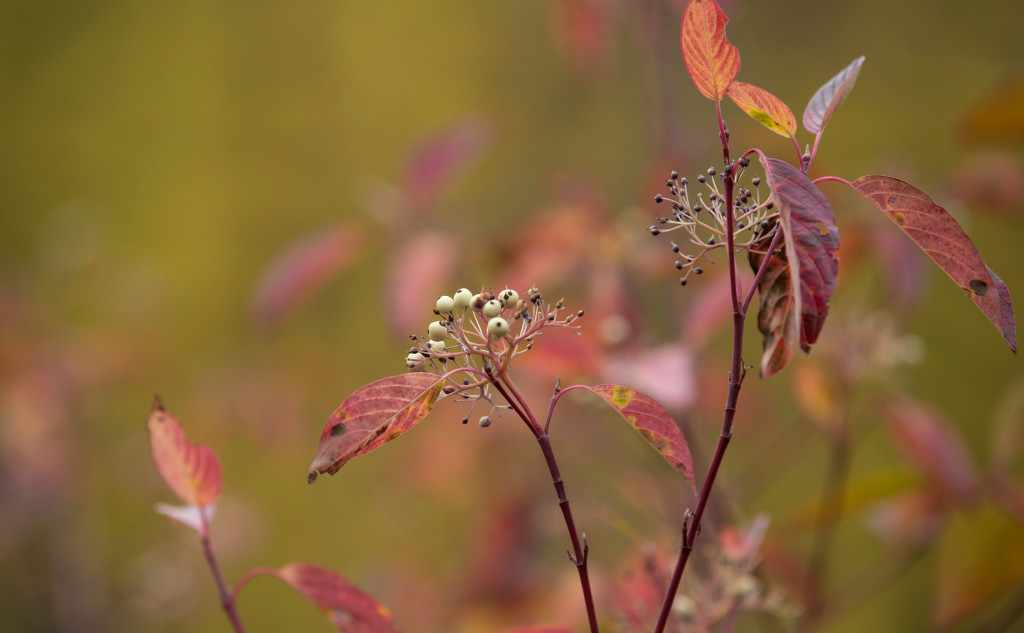

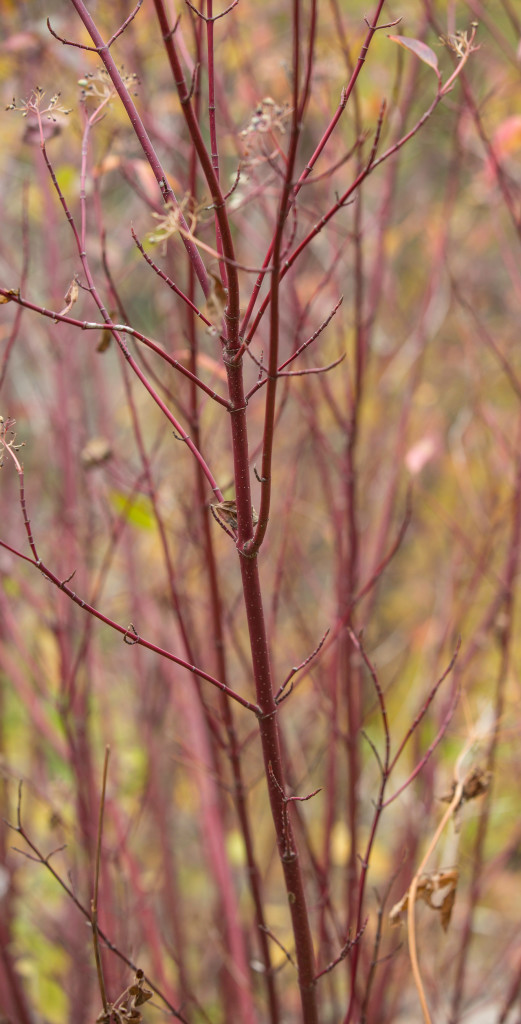 Try it at home
Try it at home
 gardens, complete with native plantings and other elements that support entire life cycles of local biodiversity, ought to be paramount. Priceless benefits to us (crop pollination and a chance to admire nature’s beauty), to countless other species that rely on plants or insects for food, and to plants (pollination), come with the package.
gardens, complete with native plantings and other elements that support entire life cycles of local biodiversity, ought to be paramount. Priceless benefits to us (crop pollination and a chance to admire nature’s beauty), to countless other species that rely on plants or insects for food, and to plants (pollination), come with the package.
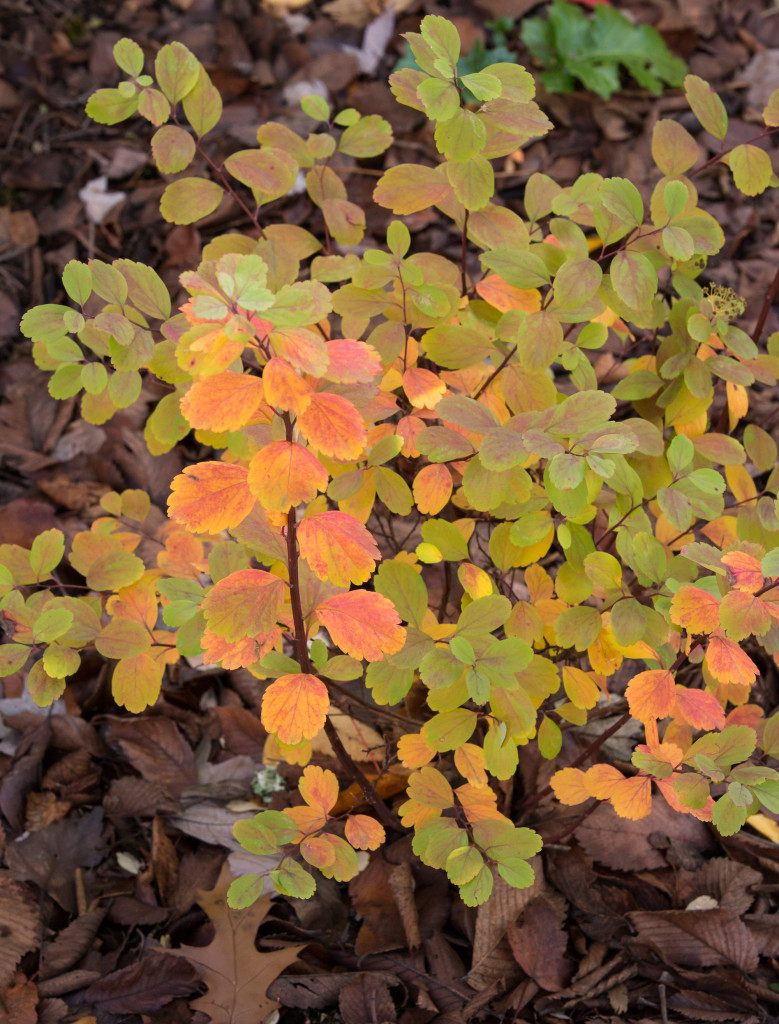 But the best is yet to come: Fall may be its prime season when oval to oblong toothed leaves turn lovely shades of gold, orange, red, and burgundy. The entire little shrub lights up like a flame above the dark, moist soil and
But the best is yet to come: Fall may be its prime season when oval to oblong toothed leaves turn lovely shades of gold, orange, red, and burgundy. The entire little shrub lights up like a flame above the dark, moist soil and 





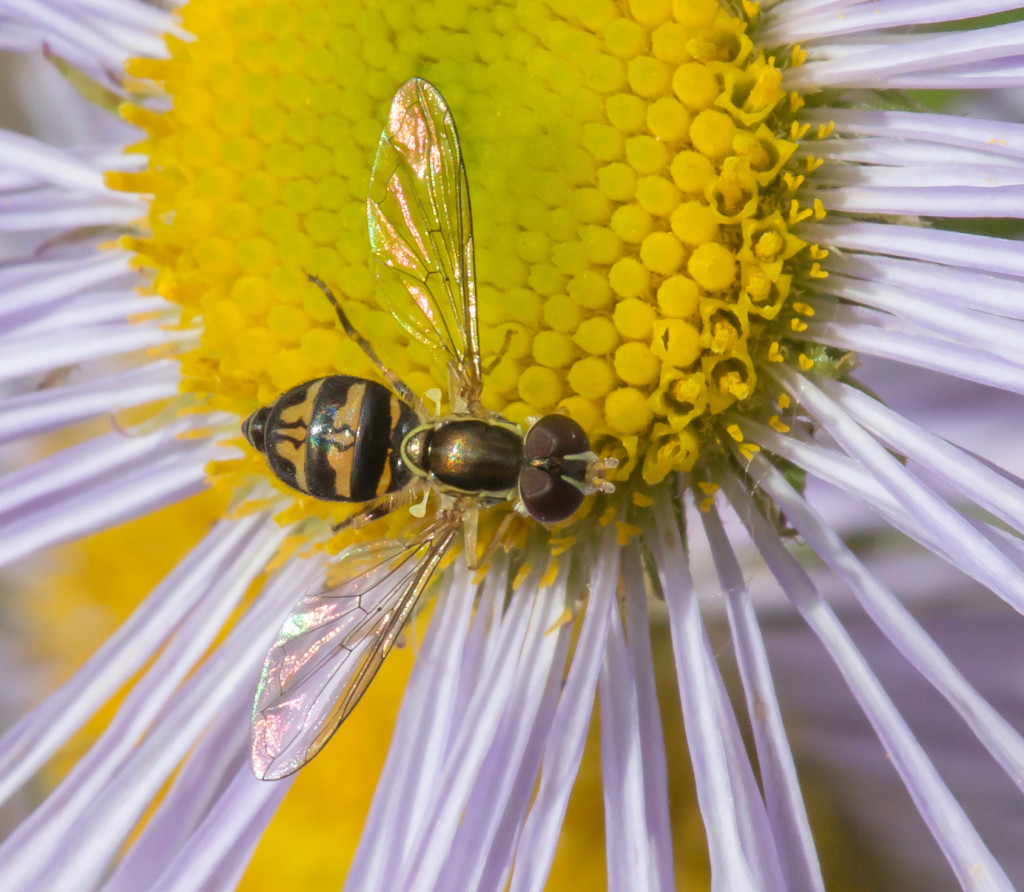

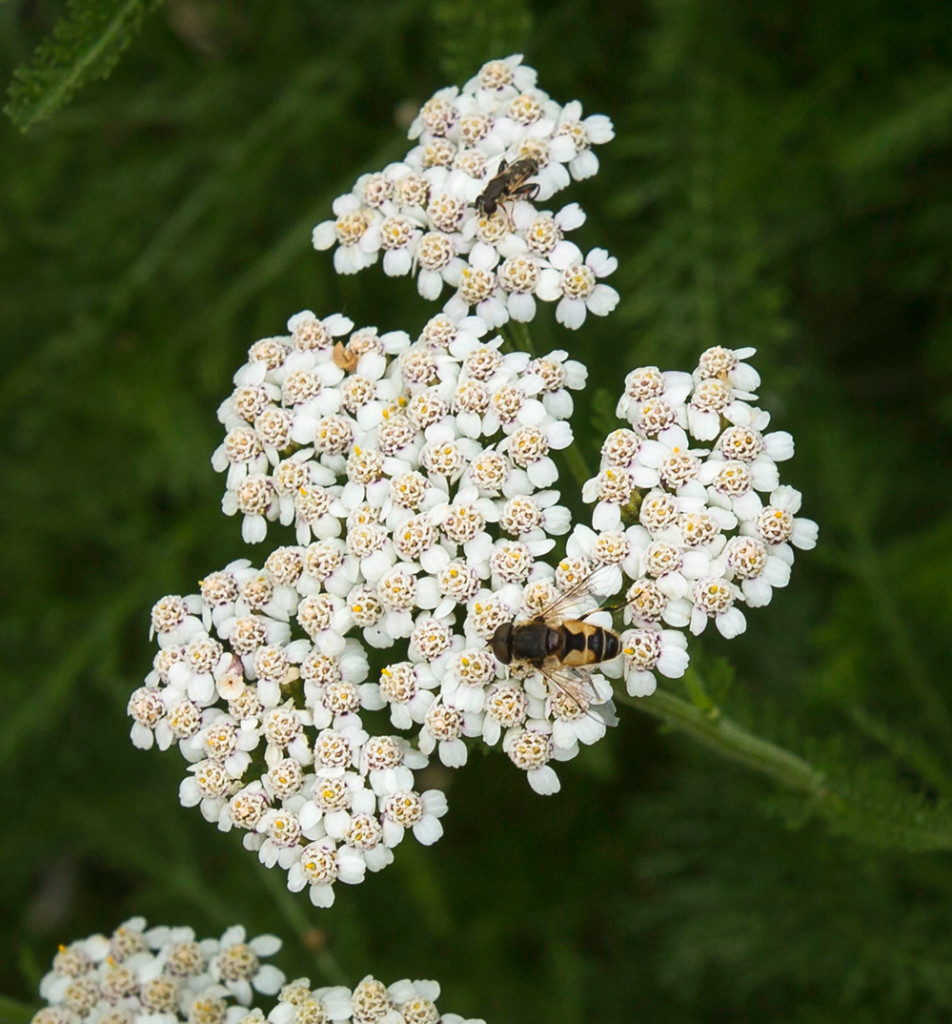


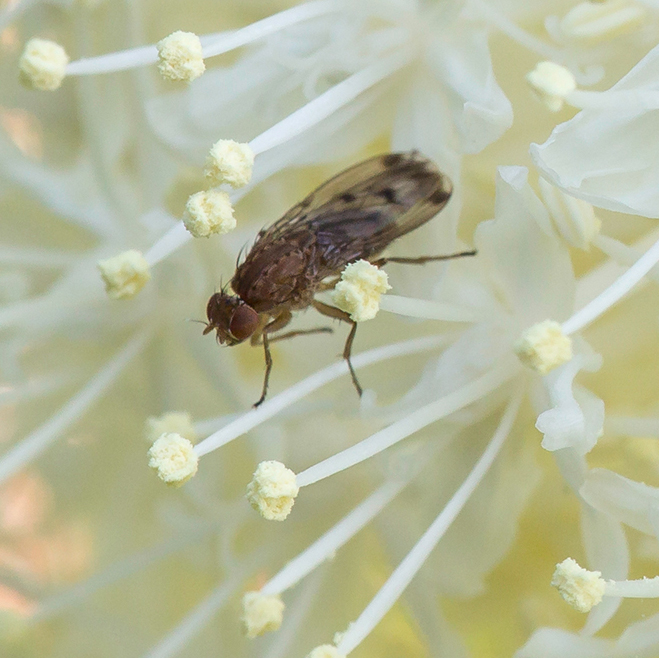

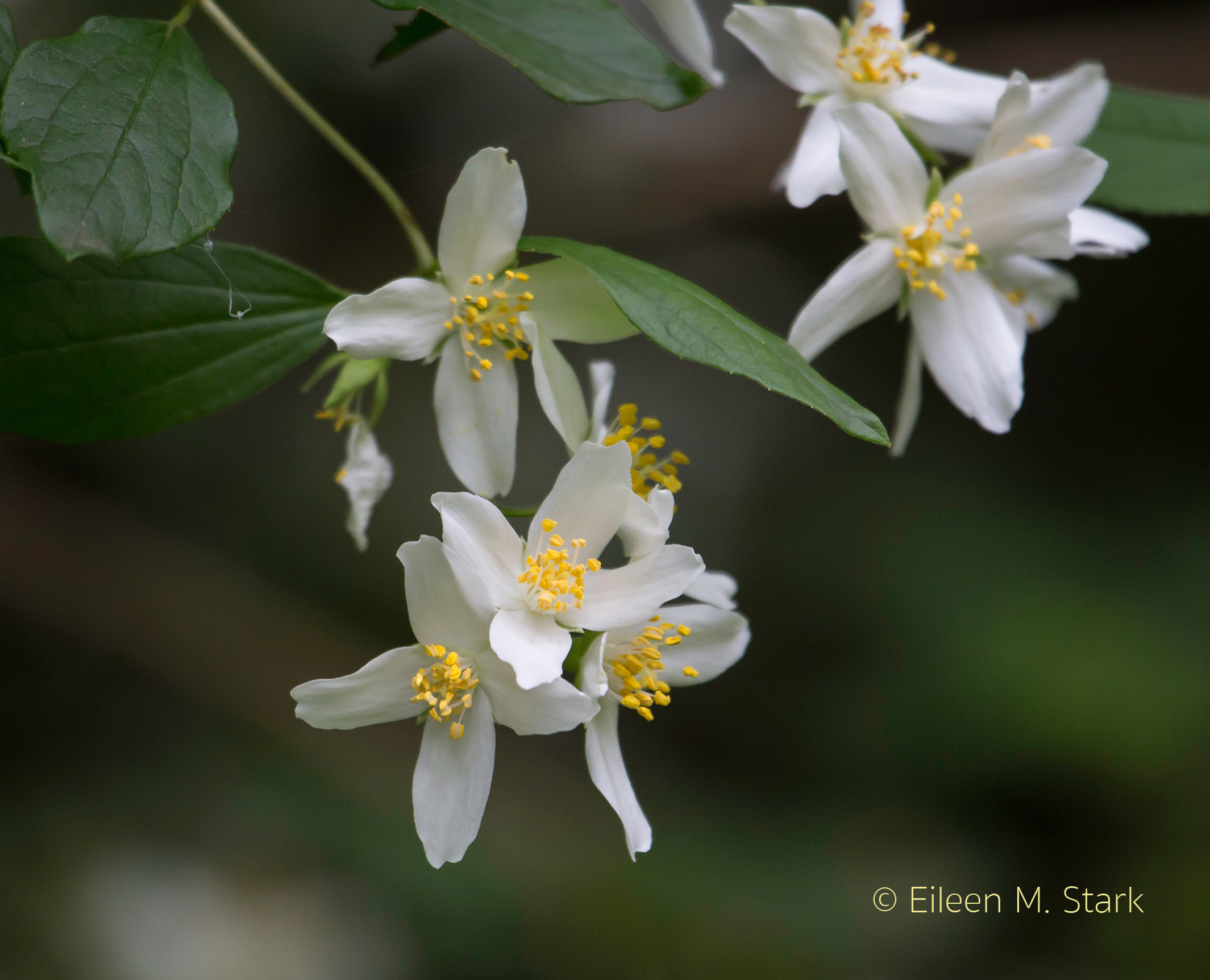
 flower’s anthers, thousands of male pollen particles are released, pollinating its flowers. Other pollinators attracted to scent include bees, but also
flower’s anthers, thousands of male pollen particles are released, pollinating its flowers. Other pollinators attracted to scent include bees, but also 

 Scouler’s willow (Salix scouleriana): A fast-growing deciduous shrub or small tree. Flowers are soft catkins, larger than horticultural “pussy willows,” and appear in early to mid-spring. Male and female flowers are on different plants, so grow both for seeds. Scouler willow is a larval host plant for several butterfly species. Does not tolerate full shade. Prefers moist soil. 20-30 feet tall by 10-15 feet wide at maturity.
Scouler’s willow (Salix scouleriana): A fast-growing deciduous shrub or small tree. Flowers are soft catkins, larger than horticultural “pussy willows,” and appear in early to mid-spring. Male and female flowers are on different plants, so grow both for seeds. Scouler willow is a larval host plant for several butterfly species. Does not tolerate full shade. Prefers moist soil. 20-30 feet tall by 10-15 feet wide at maturity. 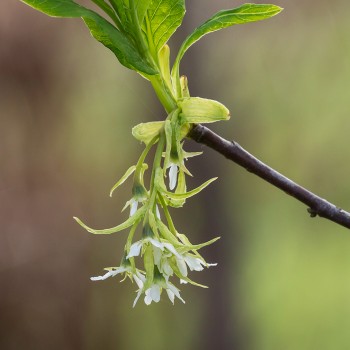
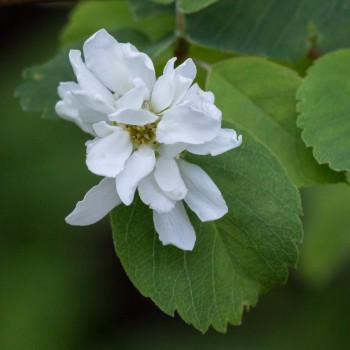
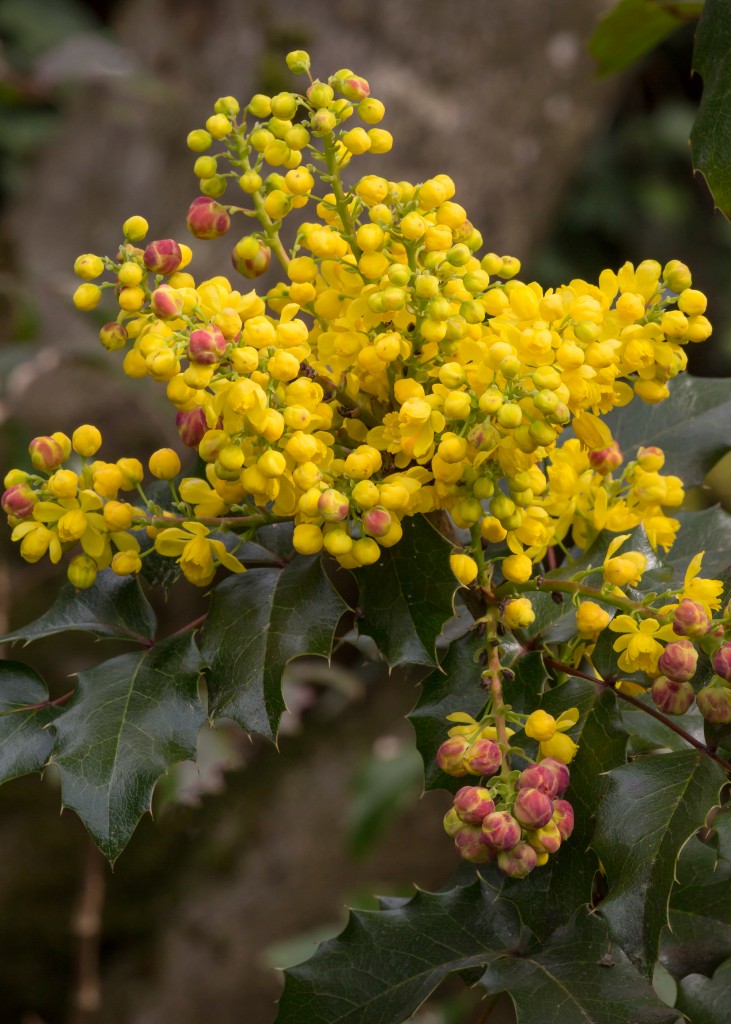 Tall Oregon grape (Mahonia aquifolium): A handsome, multitalented evergreen shrub with an upright growth habit. Bursts into flower brilliantly in early to mid-spring, for a long period. Tolerates acidic soils. Has somewhat prickly evergreen leaves, so site it where it won’t be brushed against frequently. 5-9 feet tall by 3-6 feet wide. Will spread slowly. More info in
Tall Oregon grape (Mahonia aquifolium): A handsome, multitalented evergreen shrub with an upright growth habit. Bursts into flower brilliantly in early to mid-spring, for a long period. Tolerates acidic soils. Has somewhat prickly evergreen leaves, so site it where it won’t be brushed against frequently. 5-9 feet tall by 3-6 feet wide. Will spread slowly. More info in 
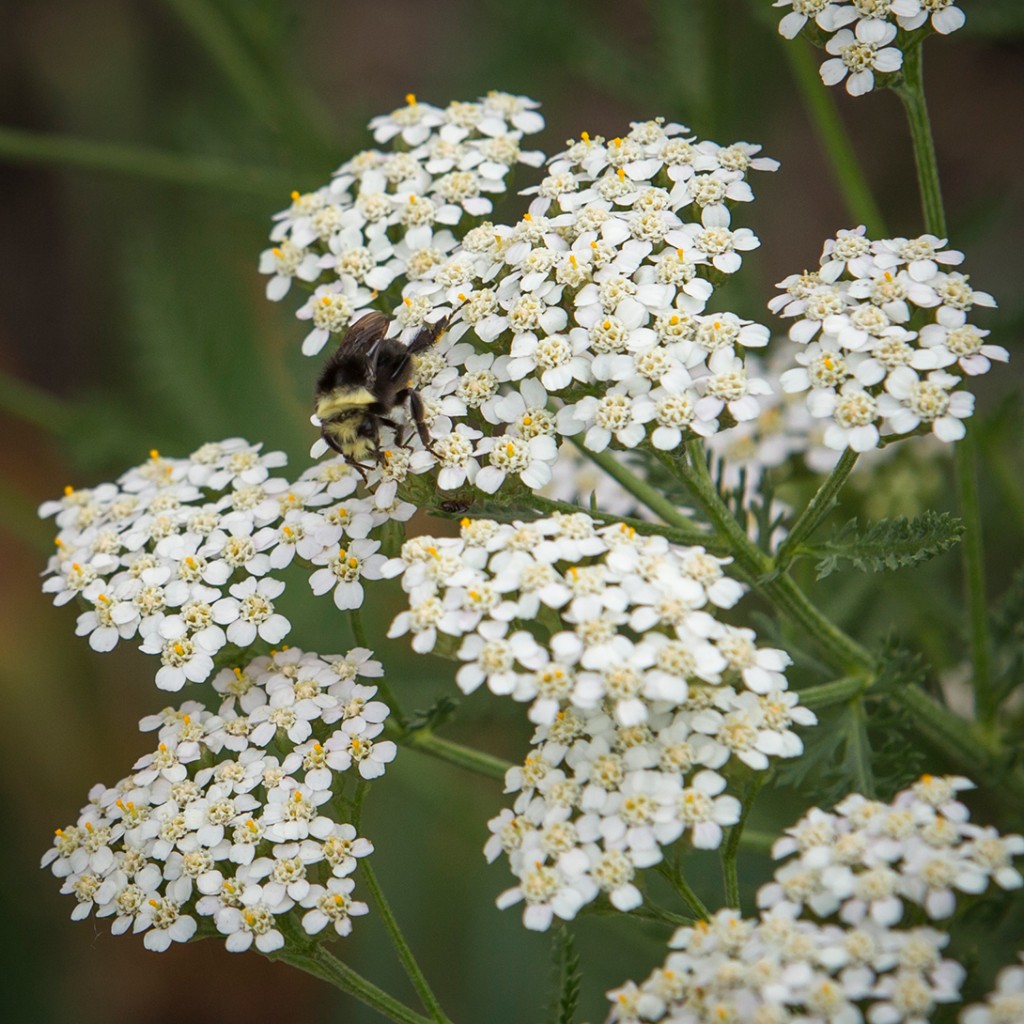
 ◊ Campanula rotundifolia (common harebell): Perennial. 1-2 feet tall x 1-2 feet wide. Sun to part shade. Moist to dry, well-drained soil, preferably with a good amount of organic matter. Spreads slowly by rhizomes or seed. Bell-shaped, bluish violet flowers typically bloom through late summer. (pictured left)
◊ Campanula rotundifolia (common harebell): Perennial. 1-2 feet tall x 1-2 feet wide. Sun to part shade. Moist to dry, well-drained soil, preferably with a good amount of organic matter. Spreads slowly by rhizomes or seed. Bell-shaped, bluish violet flowers typically bloom through late summer. (pictured left) Tolerates wide range of soils; prefers moisture but tolerates drought when established. Spreads by rhizomes or seed. Bright gold, fragrant inflorescences typically bloom well into fall. (pictured right)
Tolerates wide range of soils; prefers moisture but tolerates drought when established. Spreads by rhizomes or seed. Bright gold, fragrant inflorescences typically bloom well into fall. (pictured right)

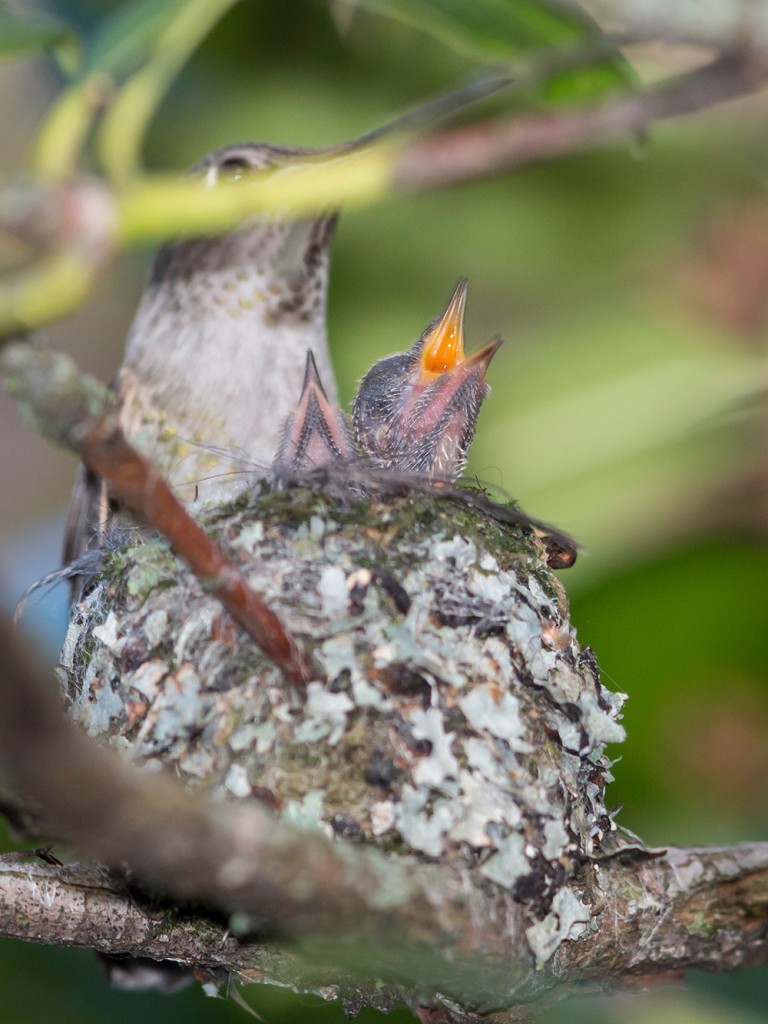





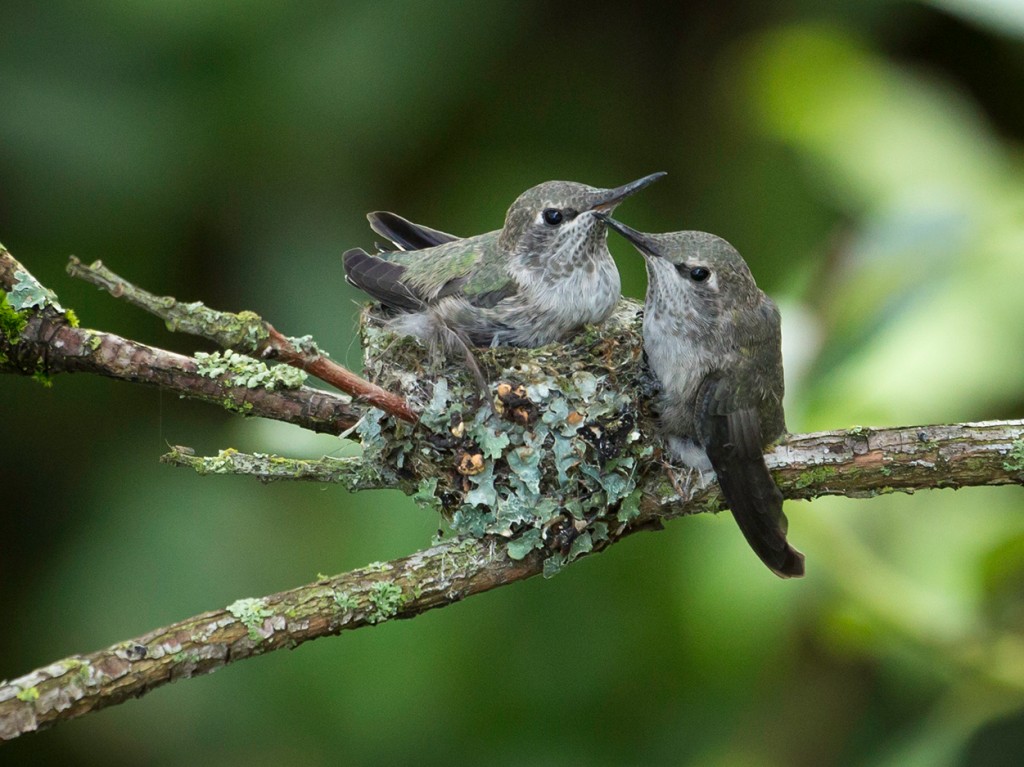

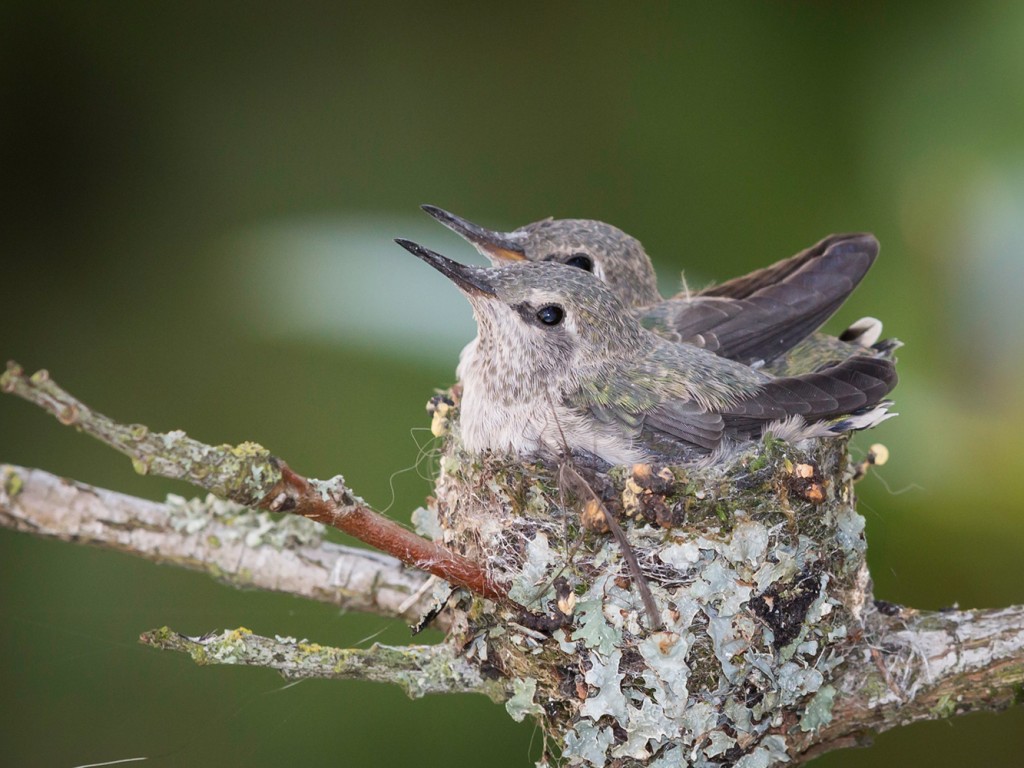
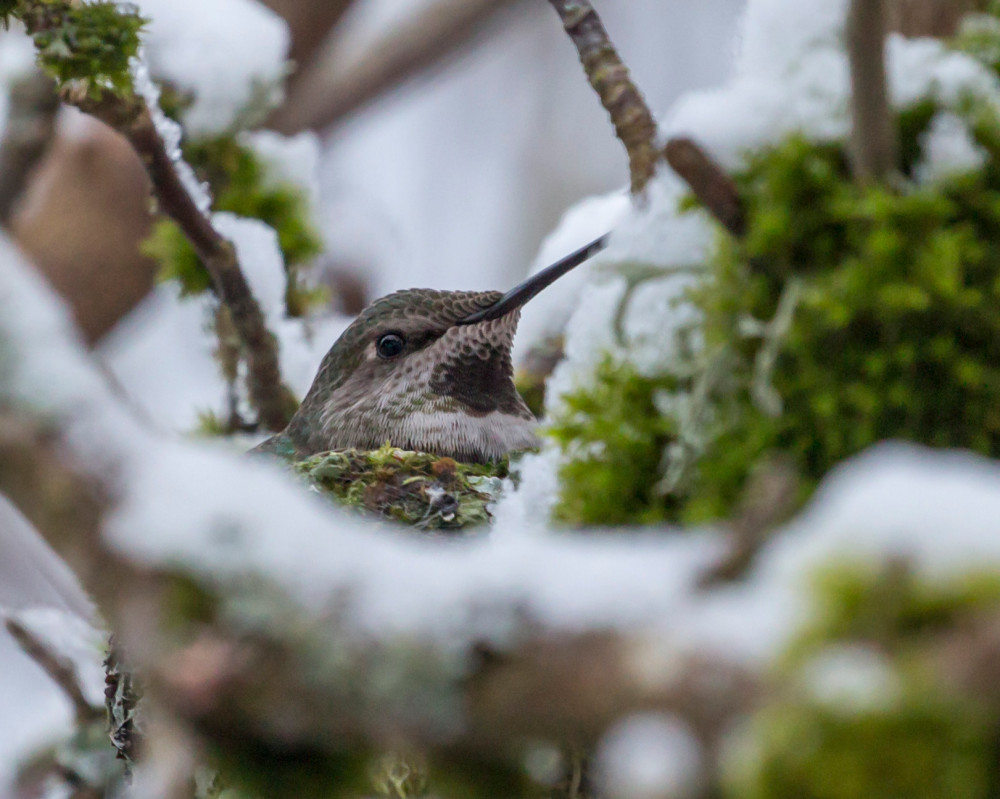


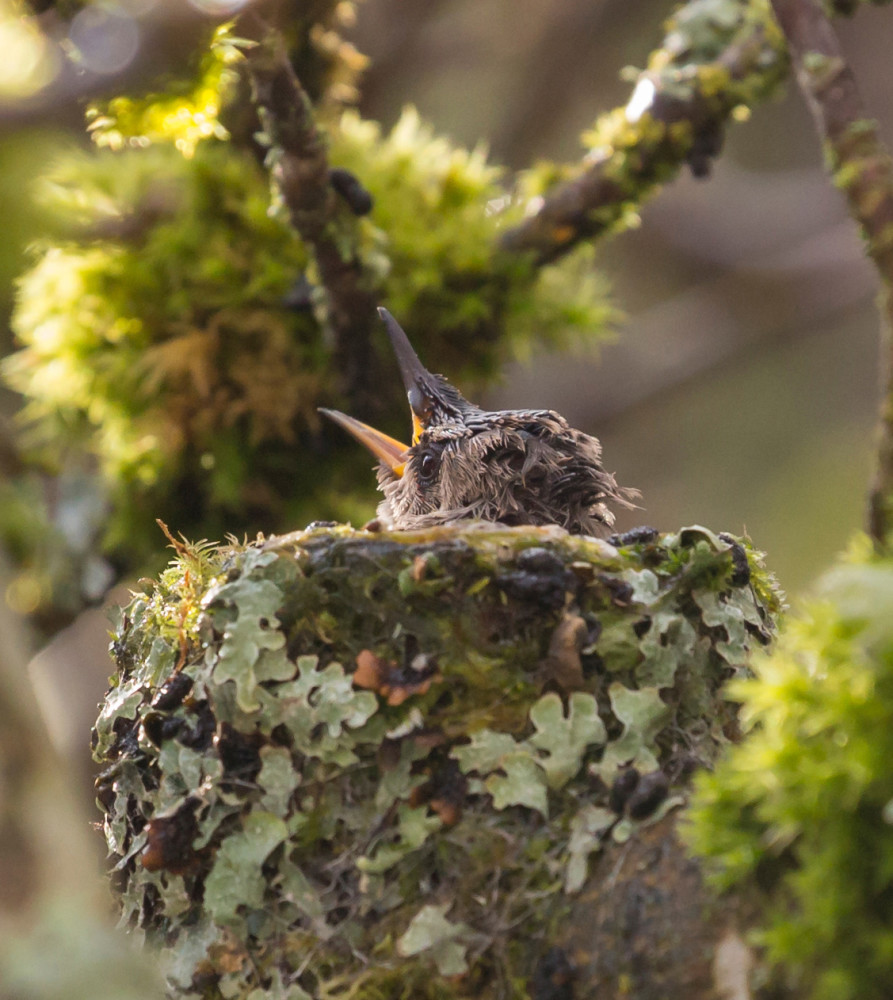
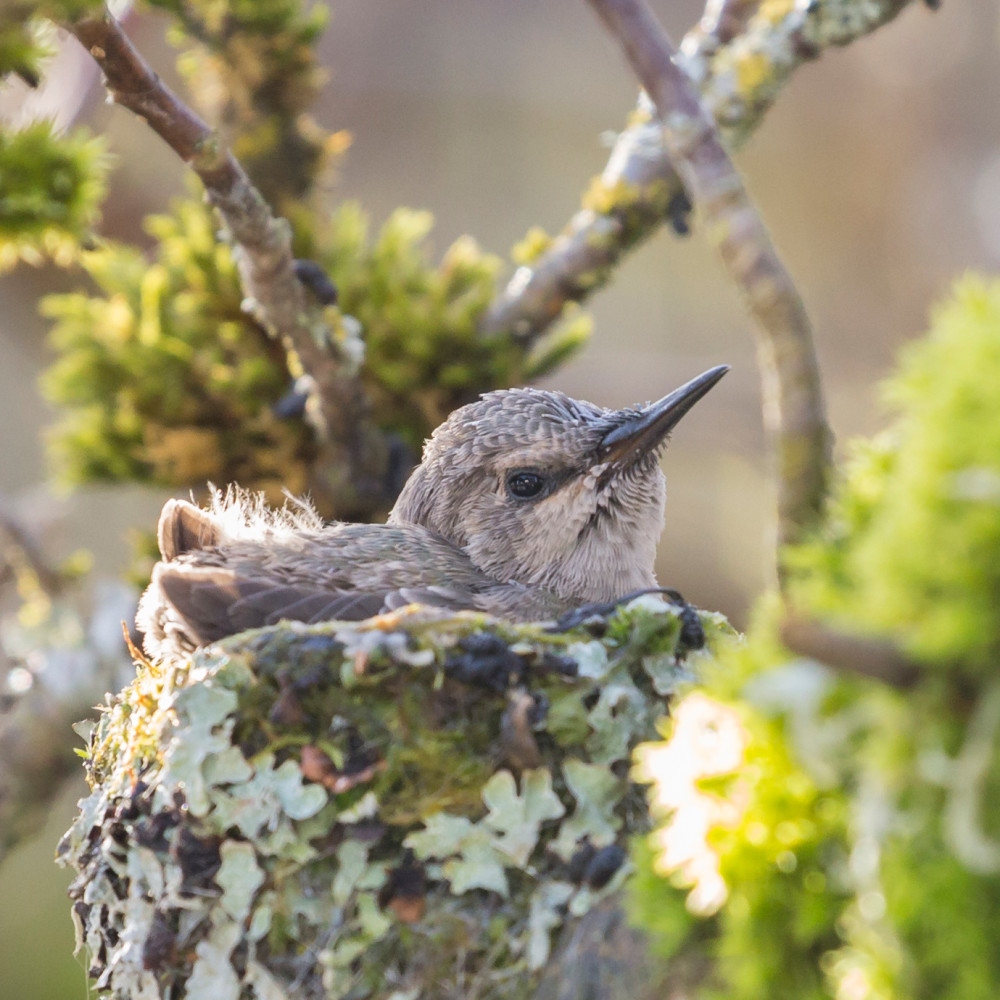
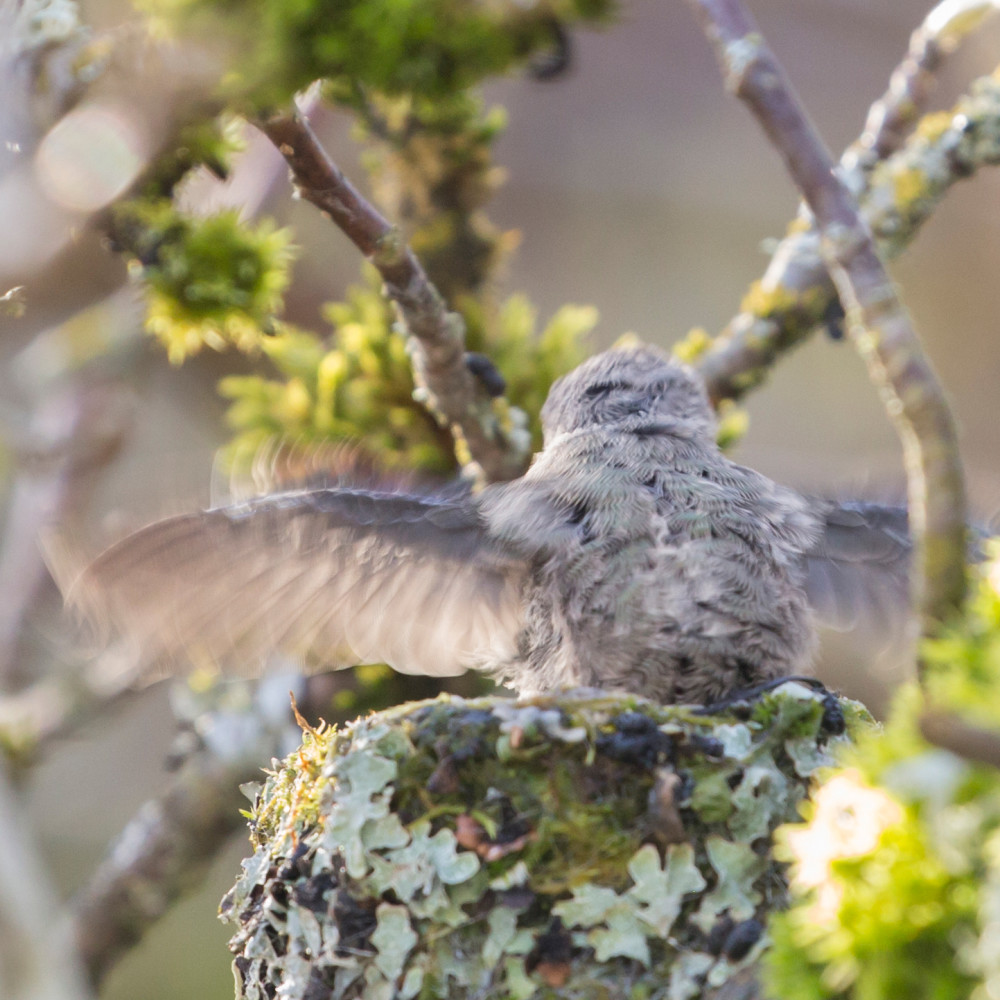

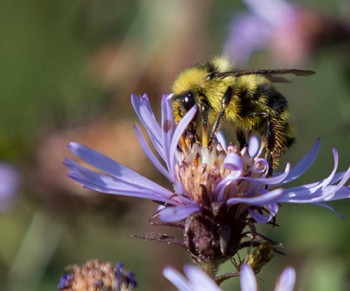 fungal, viral or bacterial infections. Birds—the majority of which consume and feed their young insects—may be poisoned directly or go hungry due to a lack of insect biomass; scientists predict widespread reproductive dysfunction in birds due to neonic exposure.
fungal, viral or bacterial infections. Birds—the majority of which consume and feed their young insects—may be poisoned directly or go hungry due to a lack of insect biomass; scientists predict widespread reproductive dysfunction in birds due to neonic exposure.